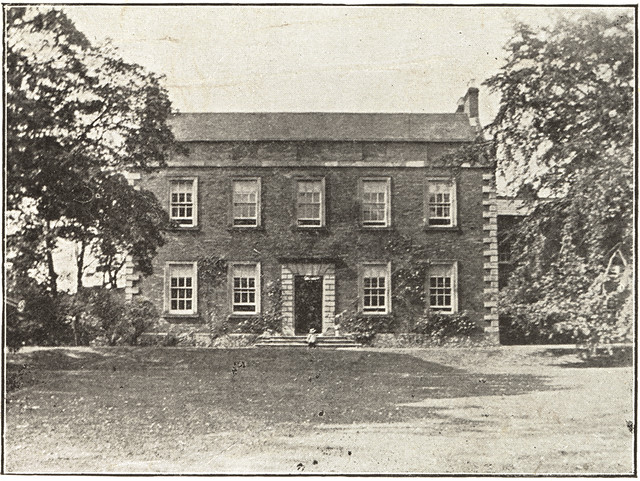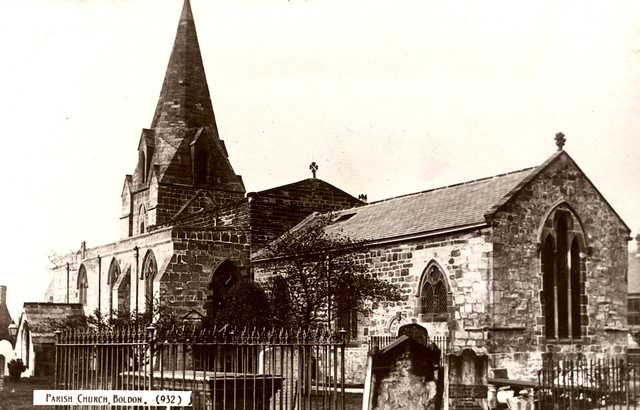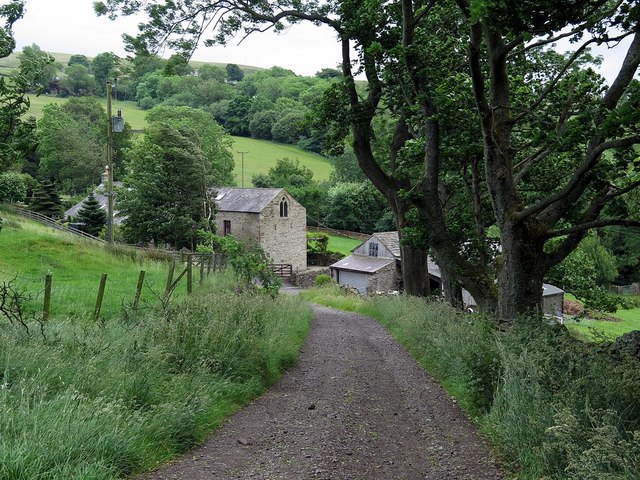Topics > Tyne and Wear > South Tyneside > The Boldons > Boldon, Historical Account, 1890
Boldon, Historical Account, 1890
Extract from: Kelly's Directory of Durham, 1890
BOLDON comprises two townships, East and West Boldon, in the Jarrow division of the county, east division of Chester ward, union, county court district and petty sessional division of South Shields, rural deanery of Jarrow and archeaconry and diocese of Durham. The village of West Boldon is pleasantly situated on a rocky eminence, about 4 ½ miles north-west from Sunderland and 4 south from South Shields, on the road to Newcastle, and has a station (for goods only) on the South Shields branch of the North Eastern railway. This place gave its name to the “Boldon Book,” the Domesday of the Palatinate, on account, it is said, of its being the first name on the list, or perhaps because the survey of this manor furnished a model for a majority of the others: it was compiled by order of Hugh Pudsey, bishop of Durham, in 1183; the original MS. is lost, but four copies exist, the earliest dating from 1280 and the others from the 14th century; of these, two copies are at Durham and one in the Bodleian library, Oxford. The parish church of St. Nicholas, founded in 1220, is a building of stone in the Early English style, consisting of chancel, nave of three bays, aisles, north transept, south porch and a western tower with small spire, containing a clock and 2 bells: in the chancel is a double piscina and triple sedilia; there is also a piscina in the south aisle: on the south side of the sacrarium is the effigy of an ecclesiastic, finely executed: there are stained windows in the aisles, and the east window is a memorial to Mrs. Rawson, erected in 1851, and another, inserted in 1870, to the Rev. George E. Green, late rector: there are several tablets to the Tew, Andrews, Browell, Hollingsworth and Collinson families, and a tomb of one of the Hyltons: the church was reopened July 17th, 1876, after having been closed nearly twelve months for restoration, effected at a cost of £1,700: a new organ was erected in 1886, at a cost of £280: in 1825 two stone coffins were exhumed: the church affords 240 sittings. The register dates from 1570. The living is a rectory, net yearly value £720, including 146 acres of glebe, with residence, in the gift of the Bishop of Durham, and held since 1889 by the Right Rev. Daniel Fox Sandford LL. D. late Bishop of Tasmania (1883-8). There is a Wesleyan Methodist chapel at West Boldon, and a Congregational chapel at East Boldon, and near the colliery are Free Methodist, Wesleyan and Primitive Methodist chapels. The cemetery of 3 ½ acres has two mortuary chapels and cost £1,850; it is under the control of a Burial Board of 9 members, established in 1870. There are several small charities, together amounting to about £7 17s. annually, distributed at Christmas to the poor of the parish by the rector and churchwardens. The village contains the residences of many merchants and traders of the towns of Shields, Newcastle and Sunderland. There is a large colliery here, employing a great number of men. On Boldon Hill, 24th March, 1644, a Scottish force, having passed the Tweed on 15th January, was attacked and dispersed by the Royalists, under Sir William Cavendish K.B. Marquess of Newcastle. The Ecclesiastical Commissioners, who are lords of the manor, Edmd. J. Jasper Browell esq. J.P. Robert Thomas Wilkinson esq. and John Clayton esq. of Westgate House, Finkle street, Newcastle, are the principal landowners. The soil is clayey; the subsoil gravelly, over a bed of limestone. The chief crops are wheat, oats, turnips and pasturage. The area is 4,031 acres; rateable value, £27,968; the population in 1881 was 3,097.
Schools
- A School Board of 7 members was formed February 9th, 1876; J. S. Nicholson, 34 Fawcett street, Sunderland, clerk to the board; Matthew Wilson, West Boldon, attendance officer.
- Board (mixed & infants), opened in March, 1878, for 650 children; average attendance, 350 boys & girls & 150 infants.
- Mixed (boys, girls & infants), built in 1885, for 208 children; average attendance, 120 mixed & 40 infants.
- National (mixed), erected in 1811, for 149 children; average attendance, 120, & endowed with £6 6s. a year, left in 1803 by the Rev. Mr. Blackett, a former rector.
West Boldon Cemetery, Jonathan James Wilson, clerk to burial board; John McQueen, sexton.











